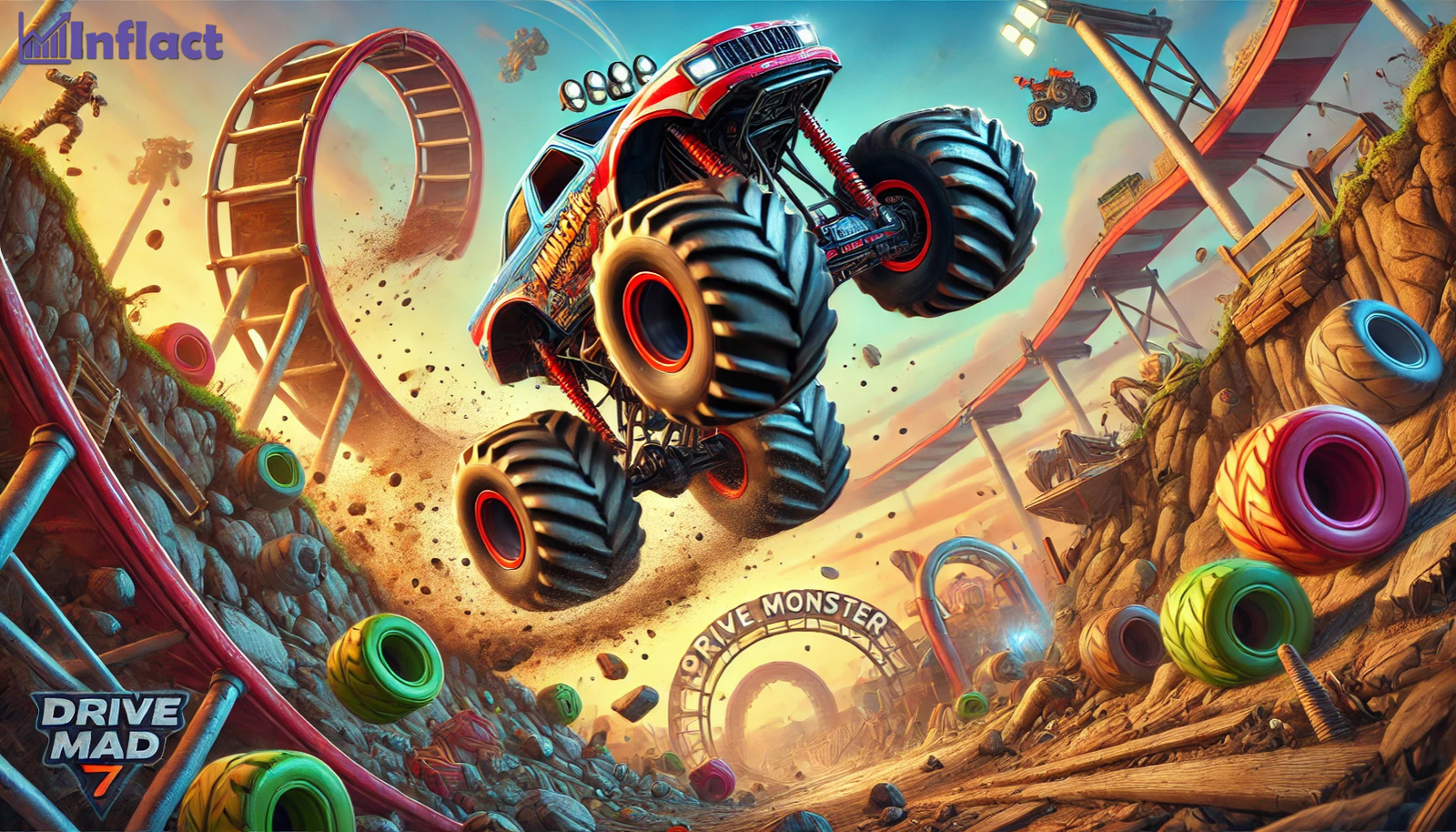Once locked behind aging consoles and hard-to-find cartridges, classic video games are now experiencing a massive revival and being reintroduced to new generations of players. Thanks to the internet, what used to be local or limited is now global and instantly available.
So, how exactly are online platforms pulling this off? In this article, we’ll discuss how digital technology is bringing timeless games to brand-new audiences and keeping gaming history alive for the future.
Digital Distribution
Classic games are titles released initially on older systems, such as the NES, Sega Genesis, or early PCs. Playing them meant tracking down vintage hardware, finding working cartridges or discs, and often dealing with outdated TVs or complex adapters.
For many, that setup was expensive, time-consuming, and impractical.
Digital distribution has changed all of that. Platforms like GOG.com, Steam, and Nintendo Switch Online now offer downloadable versions of retro games that work on modern devices. These digital versions often come updated for current hardware, so there’s no need to tinker with emulators or troubleshoot compatibility issues.
With just a few clicks, players can access everything from arcade classics to console favorites—no old equipment required. Digital distribution has made classic games widely available anywhere, with affordable pricing, no physical storage needed, and instant delivery.
Mobile Gaming
With smartphones in nearly every hand, mobile platforms are bringing timeless titles to places consoles never would—like commutes, coffee breaks, and casual downtime.
App stores on iOS and Android now feature a growing library of classic games, either faithfully ported or slightly reworked for touchscreens. This accessibility is key to reaching players who may never have touched a console.
Some standout mobile offerings include:
- Sega Forever, which revives classics like Sonic the Hedgehog and Streets of Rage with mobile-friendly features like cloud saves and touch controls—free to play with optional upgrades.
- Dotemu is known for adapting games like Double Dragon and R-Type with modern UI adjustments while preserving their retro style.
- SNK Playmore, which brings titles like Metal Slug and The King of Fighters to smartphones, offers a near-arcade experience on the go.
- Capcom Mobile has released games like Mega Man and Street Fighter II as standalone mobile apps optimized for quick play sessions.
Beyond traditional retro titles, mobile games have also embraced classic gaming elements. Many online experiences now feature vintage visuals, 8-bit audio, and arcade-style mechanics to attract fans of old-school design. Check out the Games section at FanDuel to explore a variety of titles that capture the nostalgic spirit of classic gameplay while delivering a sleek, app-optimized experience.
Touch controls, bite-sized sessions, and flexible pricing open the door to users who might never seek a traditional gaming setup. It’s retro gaming reimagined for the rhythm of modern life.
Modern Enhancements
While the core mechanics of classic games remain timeless, many were designed in an era without save systems, limited lives, and punishing difficulty. Thankfully, online platforms enhance these games with modern features without losing their original charm, making them more accessible to today’s players.
These enhancements improve usability, reduce frustration, and help new audiences enjoy retro titles that might have once felt intimidating or outdated.
Here are some of the most impactful improvements:
- Save States: Players can save and resume their progress at any moment—there is no need to start over every time.
- Rewind Function: Allows users to instantly reverse recent gameplay and retry tough sections.
- Customizable Controls: Let players remap buttons to suit their preferences and play more comfortably.
- Graphical Filters & Visual Upgrades: Many platforms add optional HD smoothing, widescreen formatting, or pixel-perfect modes.
- Online Multiplayer: Classic co-op and versus games can now be played remotely with friends through modern matchmaking or invite systems.
- Achievements and Trophies: Adds goals and rewards for completing challenges, giving retro games new layers of motivation.
- Built-in Guides or Hints: Some services include game manuals, walkthroughs, or tips for players unfamiliar with older game designs.
Platforms like Nintendo Switch Online, PlayStation Plus, Steam, and GOG Galaxy regularly integrate these features into their classic game offerings. The result? Classic games that feel smoother, more forgiving, and more fun—without sacrificing what made them special in the first place.
VR and AR Experiments
Online platforms and developers are exploring how virtual reality (VR) and augmented reality (AR) can bring a fresh perspective to classic games. While still a niche area, these experiments create new opportunities for younger audiences to experience retro titles in immersive formats.
In VR, the focus is often on reinterpreting older games for full 3D environments. For example, fan projects and modders have adapted classic titles like Doom and The Legend of Zelda into VR-compatible versions, allowing players to explore pixelated worlds from a first-person point of view. These projects are often shared through platforms like SteamVR and SideQuest, bringing old-school gameplay into a new dimension.
On the AR side, platforms like ARKit (Apple) and ARCore (Google) have enabled retro-style games to interact with real-world environments. Classic-style 2D platformers or arcade shooters can be played on a kitchen table or floor, adding novelty and interactivity. Some indie developers have also recreated Tetris, Space Invaders, and Pac-Man-like experiences in AR, using mobile devices to overlay game elements into the player’s surroundings.
Although these adaptations are not always official or widespread, they highlight how new technology can reshape our experience of the past.
A Future for the Classics
Classic games have found new life in today’s digital world. What once required old consoles and cartridges can now be played on phones, computers, and modern consoles—quickly, easily, and often with helpful upgrades. But more than just convenience, this shift helps keep gaming history alive. As technology progresses, classic games will keep reaching new players in new ways.




